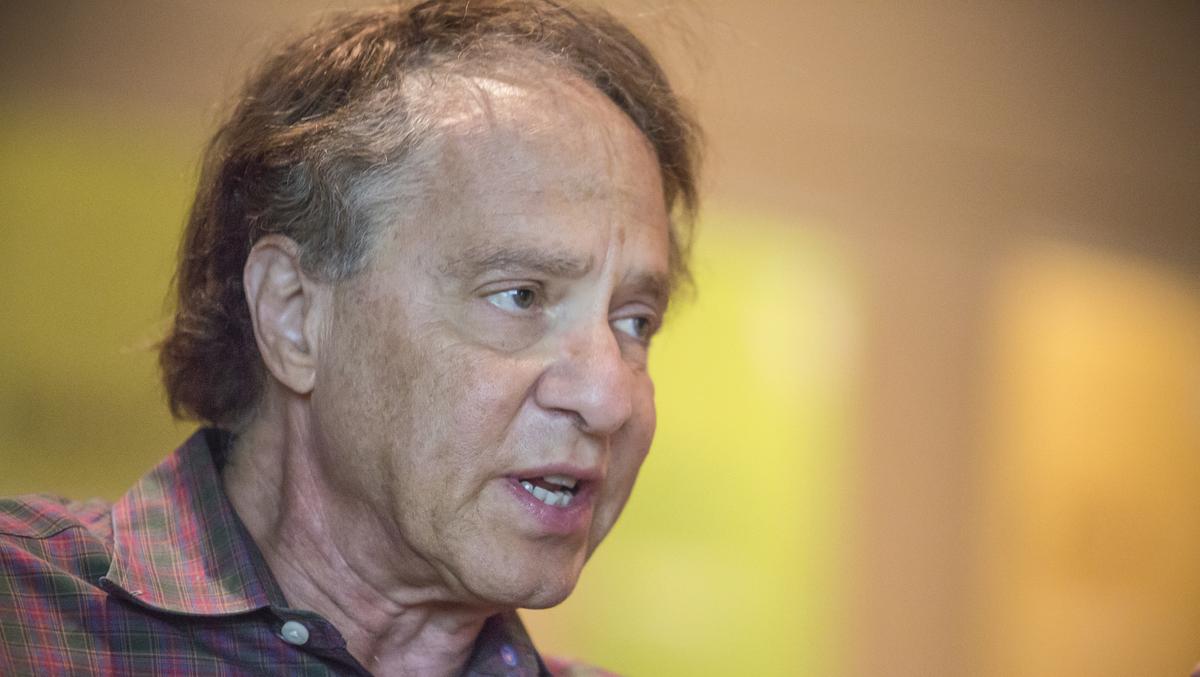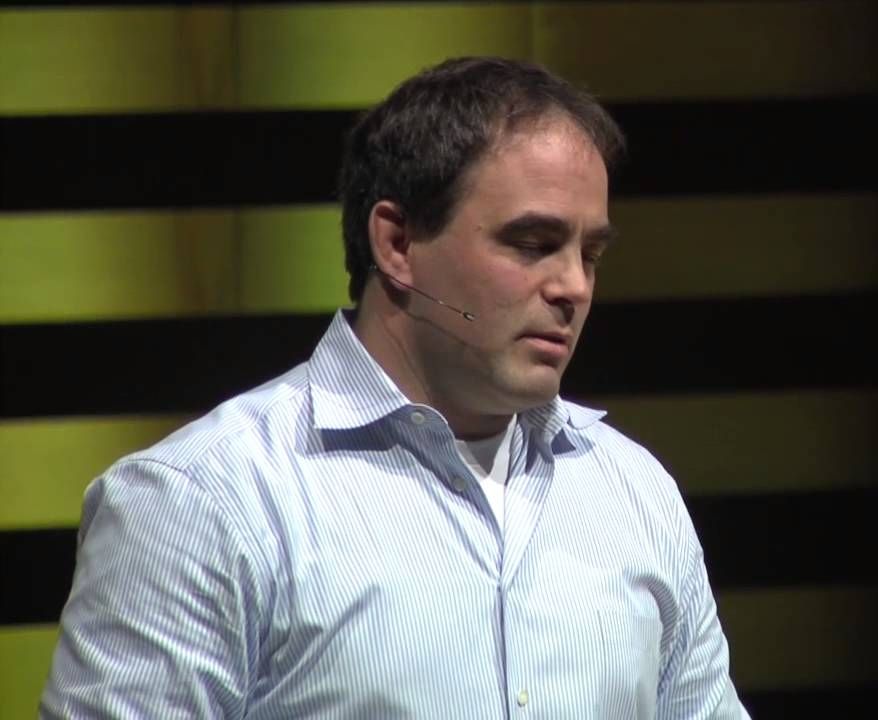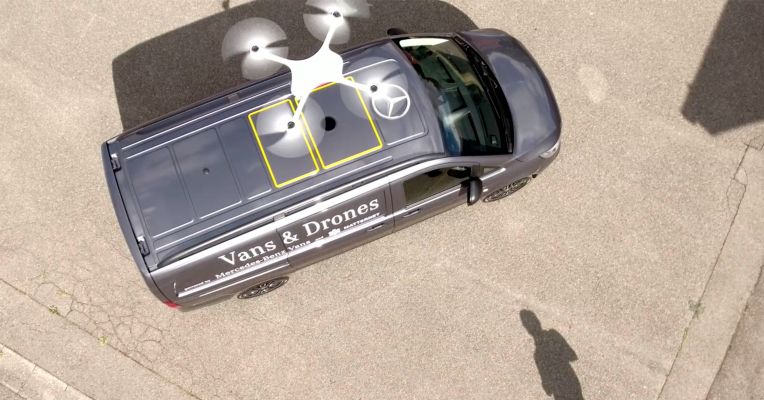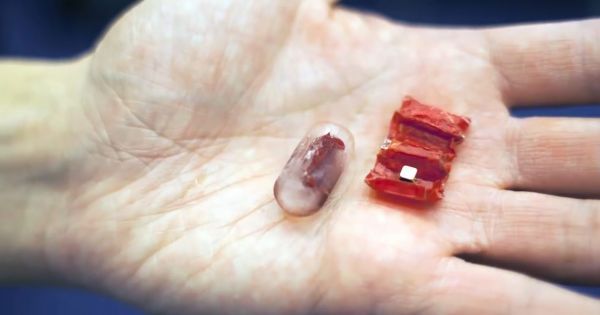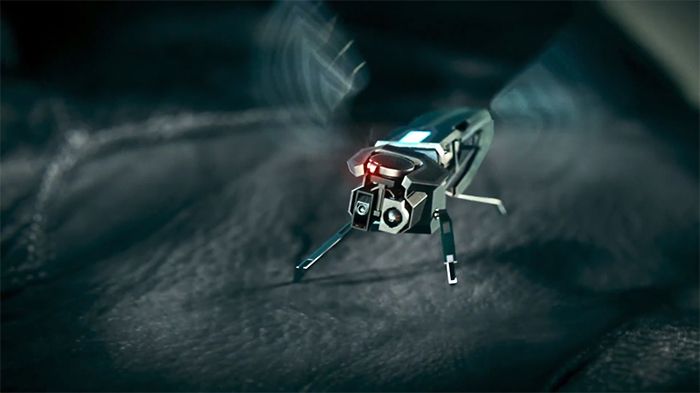The conjunction of Venus and Jupiter just before dawn over the southeastern Caspian sea. Credit: Babak A. Tafreshi (TWAN) http://twanight.org/
Aside from the attention it receives around one of its rare solar transits, Venus hardly makes headlines.
But before our warming sun turned Venus into a poster child for the dangers of a runaway greenhouse, our closest planetary neighbor may have once had oceans capable of harboring complex life.


